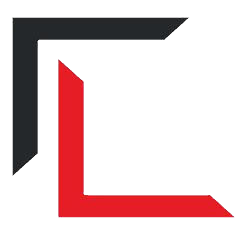Underwater vehicles are actively used in many application areas. It is available in unmanned underwater vehicles that can be controlled remotely, as well as vehicles capable of operating autonomously. Unmanned underwater vehicles; It is involved in areas such as search and rescue, underwater reconnaissance and observation, military applications. The main parts found in underwater vehicles are the frame body, thrusters, sealed compartment, battery, or power source. Thrusters directly affect the mobility of the vehicle and give direction to important parameters. While the degree of freedom may vary as a result of thrust arrays, the thrust force also plays a decisive role in parameters such as the maximum speed that the vehicle can reach. In this study, two methods that can be used in the calculation of thrust force in the computer-aided analysis program of thrusters used in underwater vehicles are emphasized. The two situations were analyzed independently of each other and the resulting thrust force values were calculated. The thrust force values in the two cases, which were formed as a result of computational fluid dynamics analysis, were compared with each other. It was found that the results of both methods gave almost the same results with a difference of less than 1%. The propeller and nozzle parts of the thrusters used during the study are original designs and produced from a 3D printer. The thrusters, whose production has been completed, are integrated into the underwater vehicle designed for use in studies. As a result of the study, it was found that the thrust force generated in the thrusters can be used in two methods of calculation, regardless of which method is used, the value found will be very close or the same as the value to be calculated by the other method.
Prepared by Talha Gulgun, Ismail Yalcinkaya, Mertcan Erdogdu, Akif Durdu
